Details
Jean (Hans) Arp (1886-1966)
Buste de lutin
marbre
38.4 x 20 x 13 cm.
Exécuté en 1958; cette œuvre est unique
marble
15 1/8 x 7 7/8 x 5 1/8 in.
Executed in 1958; this work is unique
Provenance
Maurice Lefebvre-Foinet, Paris.
Collection particulière, Paris.
Puis par descendance au propriétaire actuel.
Literature
E. Trier, Jean Arp, Sculpture, 1957-1966, Londres, 1968, p. 107, no. 162 (illustré).
I. Jianou, Jean Arp, Paris, 1973, p. 75, no. 162.
A. Hartog et K. Fischer, Hans Arp Sculptures, A critical survey, Ostfildern, 2012, p. 130, no. 162 (illustré).
Post Lot Text
Après avoir exploré les possibilités offertes par l’abstraction dans ses reliefs muraux, Hans Arp revient à une inspiration plus biomorphique à partir de 1930. Il établit alors des parallèles entre l’exploration du corps et les formes organiques plus végétales. La présente œuvre, ce marbre taillé d’un bloc semble exprimer la même vitalité qu’une cellule qui se déploie sous nos yeux.
En cela que l’ondulation quasi lascive qui anime Buste de lutin fait écho aux marbres représentant des torses féminins, que l'artiste exécute la même année, la présente œuvre semble suivre une forme de tradition plus classique selon laquelle le corps féminin incarne le mieux la beauté sensuelle.
Avec le présent marbre, Arp entre dans une nouvelle étape de sa création artistique, où il travaille pour la forme en elle-même et non pour l’interprétation qu’il lui donne, où la finalité se trouve dans le déploiement de cette forme et non plus dans le sens qu’elle peut ou doit porter. « Souvent, je pars […] d’une ligne dont je n’avais pas tiré le maximum, j’intensifie, je développe: j’obtiens une forme nouvelle... Regardez ce torse par exemple... je ne me suis pas dit: je vais faire un torse. Non, je me lance au hasard en état d’innocence. Ici naissent des formes qui s’ordonnent sans moi» (J. Arp cité in J. Clay, ‘La singularité ascension de Jean Arp’, in Réalités, no. 180, 1981).
After 1930, having explored the possibilities offered by abstraction in his mural reliefs, Jean Arp returned to a more biomorphic inspiration. Arp began to establish parallels between the exploration of the body and of more vegetable organic forms. Buste de lutin, a marble carved from a single block, seems to express the same vitality as a cell unfolding before our eyes. He thus produced several series on the same subject, including Torse-feuille which is the most successful metamorphosis of the human body into a plant.
As the almost sensual undulation which animates this work suggests the Torso the artist carved the same year, the present works appears to follow a more classical tradition in which the female body best incarnates sensual beauty.
With the present marble, Arp entered a new creative phase where his work concerned the form itself, that is where the goal being pursued lay in the deployment of that form rather than in the meaning it might or should contain. “Often, I start […] from a line from which I had not derived the maximum possibilities, I intensify, I develop: I obtain a new form. Look at this torso, for example … I didn’t say to myself: I’m going to make a torso. No, I set off at random, in a state of innocence, and the forms were born and arranged themselves without me”. (J. Arp quoted in J. Clay, ‘La singulière ascension de Jean Arp', in Réalités, no. 180, 1981).
Details
Jean (Hans) Arp (1886-1966)
Buste de lutin
marbre
38.4 x 20 x 13 cm.
Exécuté en 1958; cette œuvre est unique
marble
15 1/8 x 7 7/8 x 5 1/8 in.
Executed in 1958; this work is unique
Provenance
Maurice Lefebvre-Foinet, Paris.
Collection particulière, Paris.
Puis par descendance au propriétaire actuel.
Literature
E. Trier, Jean Arp, Sculpture, 1957-1966, Londres, 1968, p. 107, no. 162 (illustré).
I. Jianou, Jean Arp, Paris, 1973, p. 75, no. 162.
A. Hartog et K. Fischer, Hans Arp Sculptures, A critical survey, Ostfildern, 2012, p. 130, no. 162 (illustré).
Post Lot Text
Après avoir exploré les possibilités offertes par l’abstraction dans ses reliefs muraux, Hans Arp revient à une inspiration plus biomorphique à partir de 1930. Il établit alors des parallèles entre l’exploration du corps et les formes organiques plus végétales. La présente œuvre, ce marbre taillé d’un bloc semble exprimer la même vitalité qu’une cellule qui se déploie sous nos yeux.
En cela que l’ondulation quasi lascive qui anime Buste de lutin fait écho aux marbres représentant des torses féminins, que l'artiste exécute la même année, la présente œuvre semble suivre une forme de tradition plus classique selon laquelle le corps féminin incarne le mieux la beauté sensuelle.
Avec le présent marbre, Arp entre dans une nouvelle étape de sa création artistique, où il travaille pour la forme en elle-même et non pour l’interprétation qu’il lui donne, où la finalité se trouve dans le déploiement de cette forme et non plus dans le sens qu’elle peut ou doit porter. « Souvent, je pars […] d’une ligne dont je n’avais pas tiré le maximum, j’intensifie, je développe: j’obtiens une forme nouvelle... Regardez ce torse par exemple... je ne me suis pas dit: je vais faire un torse. Non, je me lance au hasard en état d’innocence. Ici naissent des formes qui s’ordonnent sans moi» (J. Arp cité in J. Clay, ‘La singularité ascension de Jean Arp’, in Réalités, no. 180, 1981).
After 1930, having explored the possibilities offered by abstraction in his mural reliefs, Jean Arp returned to a more biomorphic inspiration. Arp began to establish parallels between the exploration of the body and of more vegetable organic forms. Buste de lutin, a marble carved from a single block, seems to express the same vitality as a cell unfolding before our eyes. He thus produced several series on the same subject, including Torse-feuille which is the most successful metamorphosis of the human body into a plant.
As the almost sensual undulation which animates this work suggests the Torso the artist carved the same year, the present works appears to follow a more classical tradition in which the female body best incarnates sensual beauty.
With the present marble, Arp entered a new creative phase where his work concerned the form itself, that is where the goal being pursued lay in the deployment of that form rather than in the meaning it might or should contain. “Often, I start […] from a line from which I had not derived the maximum possibilities, I intensify, I develop: I obtain a new form. Look at this torso, for example … I didn’t say to myself: I’m going to make a torso. No, I set off at random, in a state of innocence, and the forms were born and arranged themselves without me”. (J. Arp quoted in J. Clay, ‘La singulière ascension de Jean Arp', in Réalités, no. 180, 1981).
.jpg)
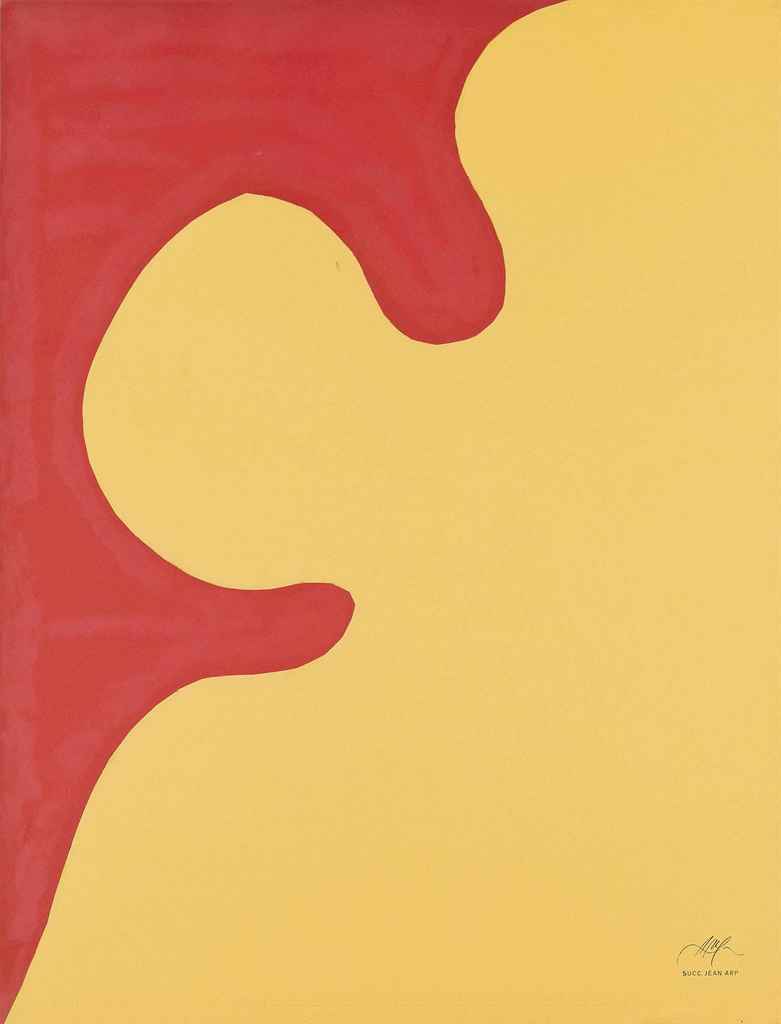
.jpg)
.jpg)
.jpg)
.jpg)
.jpg)
.jpg)
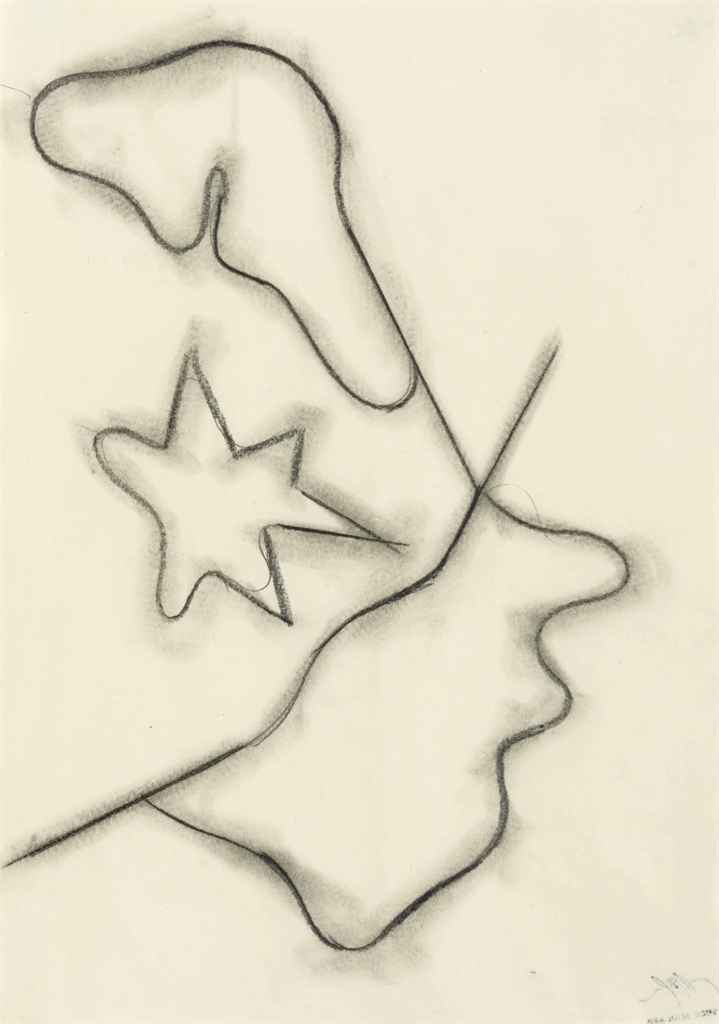
.jpg)
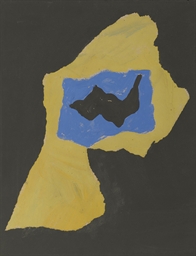
.jpg)
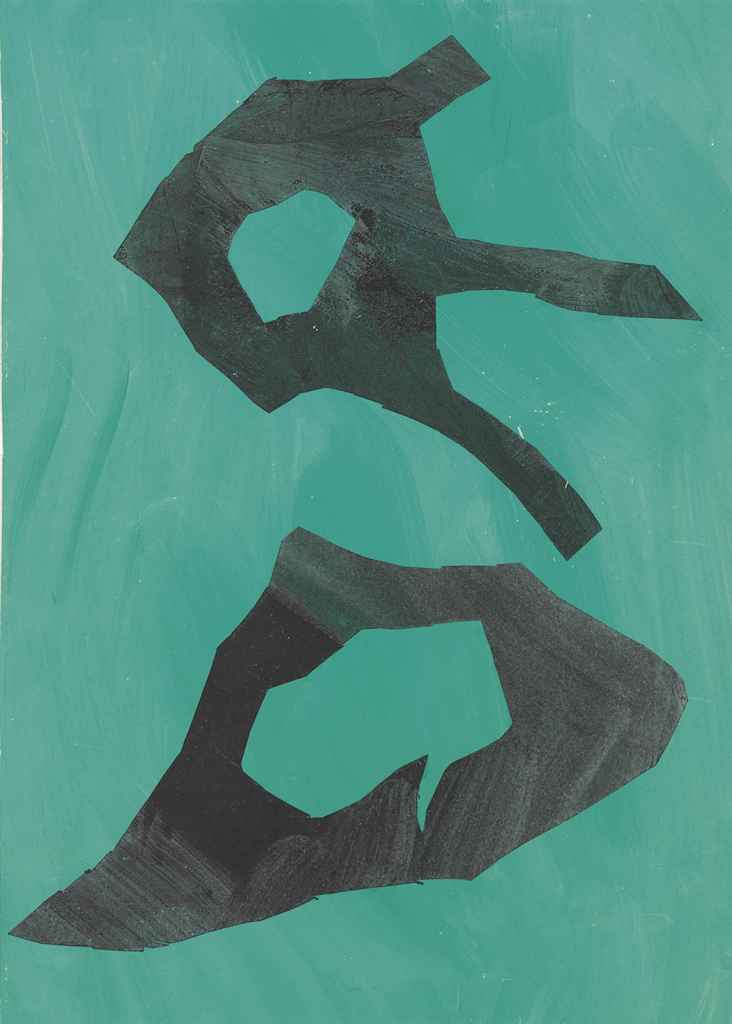
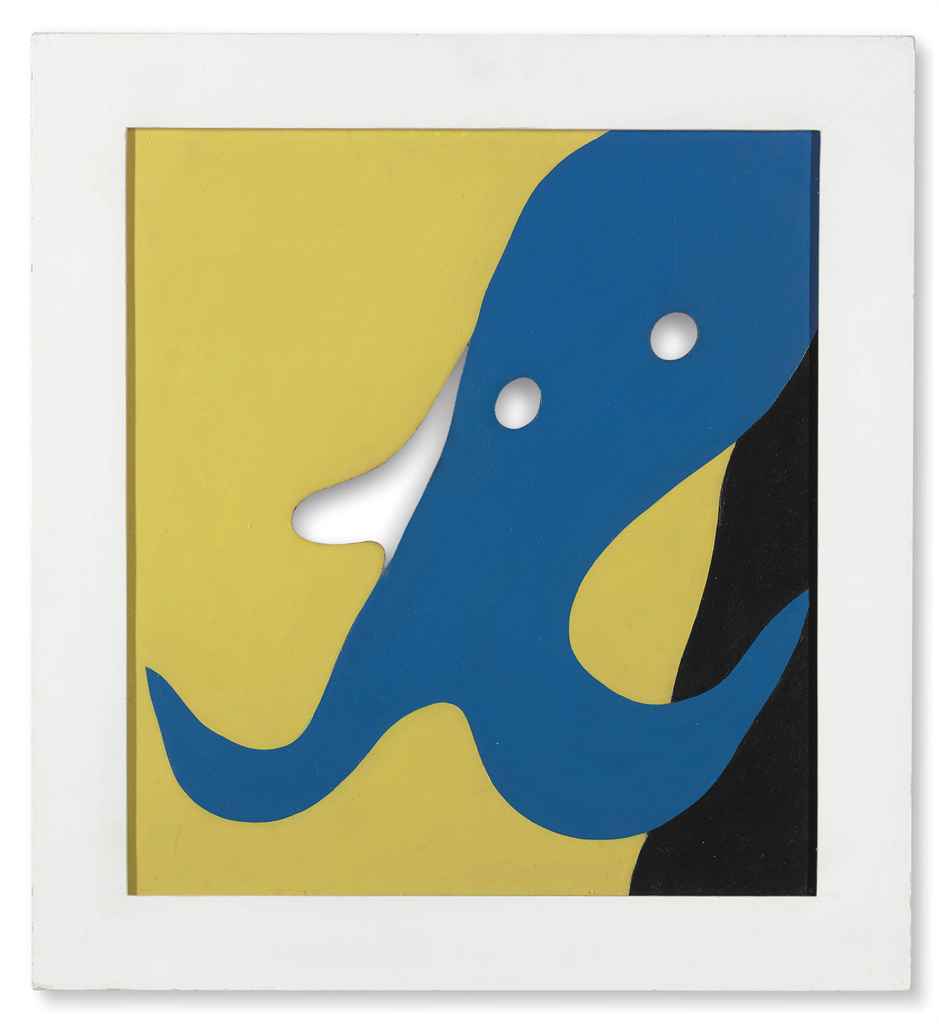
.jpg)
Testen Sie LotSearch und seine Premium-Features 7 Tage - ohne Kosten!
Lassen Sie sich automatisch über neue Objekte in kommenden Auktionen benachrichtigen.
Suchauftrag anlegen